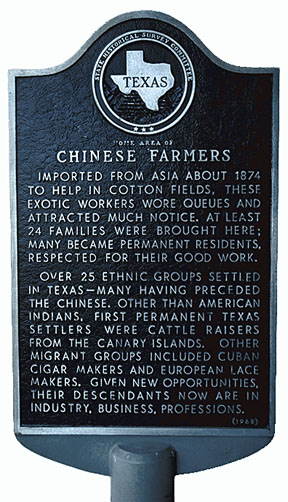
|
| |
 |
  |
Advocating Non-conventional Study of Culture and Society
In a display of Houston grade-school children's essays, some pictures of flowers were glued to a poster board by a small girl. The pictures were of several small clusters of flowers in a bed littered with flakes of paint peeling from a gray, weathered house. The essay described the condition of the house and the neighborhood at night. The little girl couldn't sleep because of gunfire in the neighborhood, and she was afraid because her older brother and father weren't getting along. Her brother had recently purchased a gun.
The child's expression of her conditions inspired the first plan for the Houston Institute for Culture. Her artwork was not unconventional, but as a teaching tool it was not conventional in an academic sense. Community-based and cultural artists, whose efforts promote cultural and social awareness, are endangered. The artists have limited opportunities for exposure in the world of mass entertainment and modern media. Yet, one child's words were more powerful and effective in communicating the condition of her life than statistics read over a news broadcast or a commercial entertainer's expressed concerns about poverty.
Though highly unconventional, the organization was to be called the Houston Institute for Non-conventional Study of Culture and Society. The first goal established was to promote the work of artists and communicators in the community.
For further information, see the Founder's Message. |
|
|
|
 |
 |
 |
 |

 |
|





